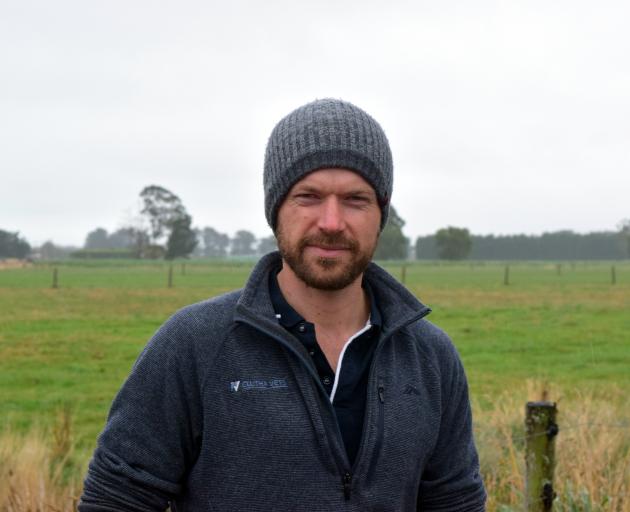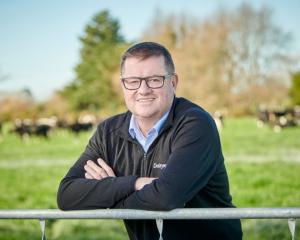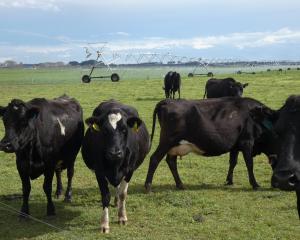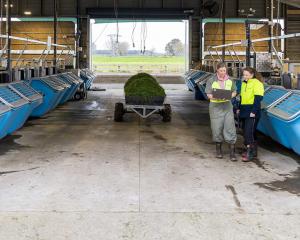
Clutha Vets veterinarian Bevan Topham said the six-week in-calf rate was up 1% and the number of empty cows was down 1% when compared to last season.
The data was from 180 dairy farms in Balclutha and Milton.
Usually the figures remain static, he said.
"It is nice to see a slight improvement ... but there is more work to be done."
He believed the improvement was due to farmers shifting their focus to improving the fertility of their herd, rather than solely on milk production.
Yearlings usually calved well but getting them back in-calf "is still a work-on for quite a few people".
"A lot of them are nailing it and that is where we are seeing our best results."
Generally, the higher a herd’s six-week in-calf rate, the lower the empty rate.
A big driver of improving fertility data was having the herd cycling earlier to allow for earlier calving.
"Bringing your heifers in calving early is probably the number one thing you should be doing — it sets up every farming system."
By getting young stock back in-calf early in their second year would result in them getting in-calf early for future matings.
"I would like everyone to focus their energy on getting their young stock well grown and in-calf early and then back in calf early."
By having more cows calving early, a farmer might be able to reduce their herd size and produce the same amount of milk, he said.
Good mating results were produced from feeding the herd well before and after calving.
Cows losing too much weight after calving could become "dirty" due to a negative energy balance.
"That will have a massive flow-on effect for how many are cycling."
On average, a cow took 42 days to cycle after she had calved, a first calver was 52 days.
A way farmers could try to get cows cycling sooner was to reduce milking to once a day, he said.
"I think once a day has a big role to play in that."
If some of the herd were not cycling, the farmer should intervene and treat them.
"You get out what you put in."













